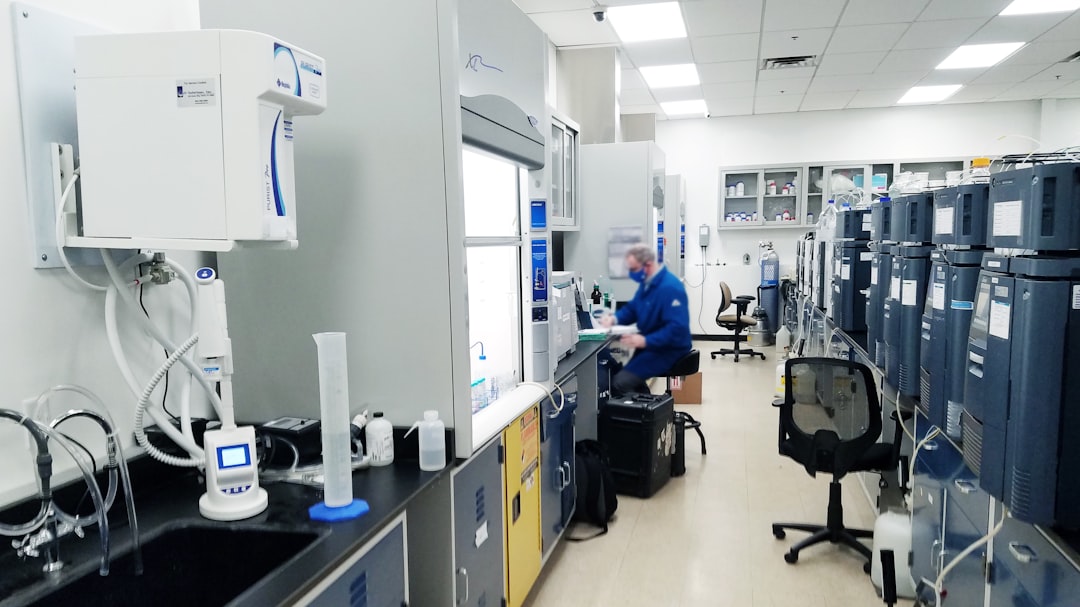What is it about?
A semi-automatic pipeline for the collection and merging of multi-crystal data sets in macromolecular crystallography
Featured Image
Why is it important?
We describe a user-friendly, automatic method, available on all ESRF MX beamlines, to collect partial data sets from several (10s to 100s) of crystals mounted on the same sample support. Subsequent Heirarchical Cluster Analysis then allows the best choice of data sets - those which are most isomorphous - to merge to produce a final data set for subsequent structure solution.
Perspectives
The creation of full data sets by the merging of partial data sets collected from many different crystals will become more and more important in macromolecular crystallography. However, the collection of many partial data sets can be labour intensive and determining the best partial data sets to merge to produce a final data set is not a trivial matter. The method described renders both these aspects straightforward and should find application in the solution of the crystal structures of many important biological systems, particularly those producing crystals that are senstive to radiation damage.
Dr Gordon A. Leonard
European Synchrotron Radiation Facility
Read the Original
This page is a summary of: MeshAndCollect: an automated multi-crystal data-collection workflow for synchrotron macromolecular crystallography beamlines, Acta Crystallographica Section D Biological Crystallography, October 2015, International Union of Crystallography,
DOI: 10.1107/s1399004715017927.
You can read the full text:
Contributors
The following have contributed to this page










